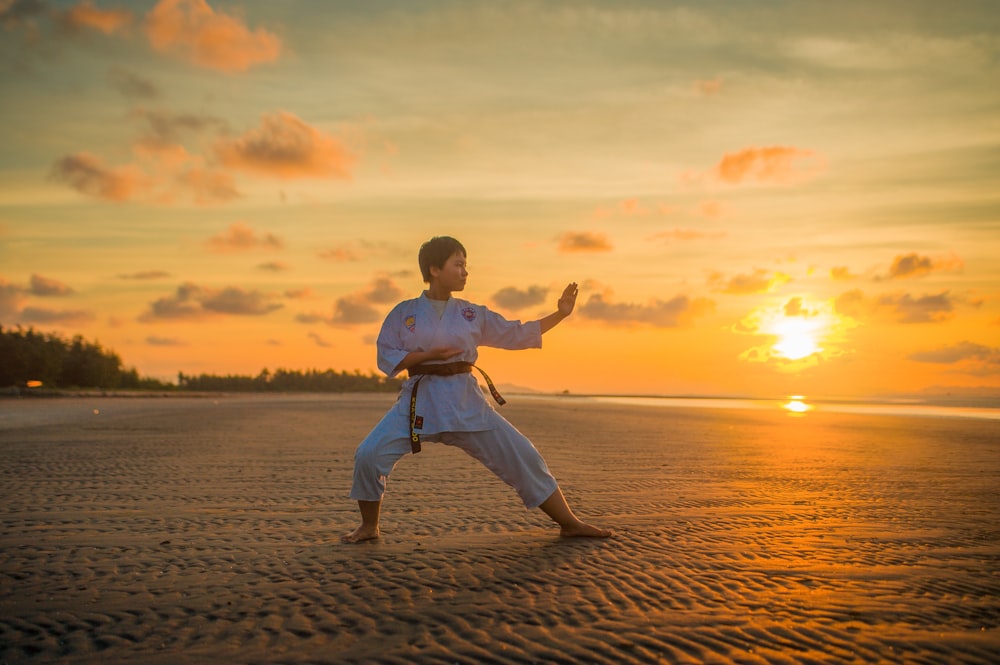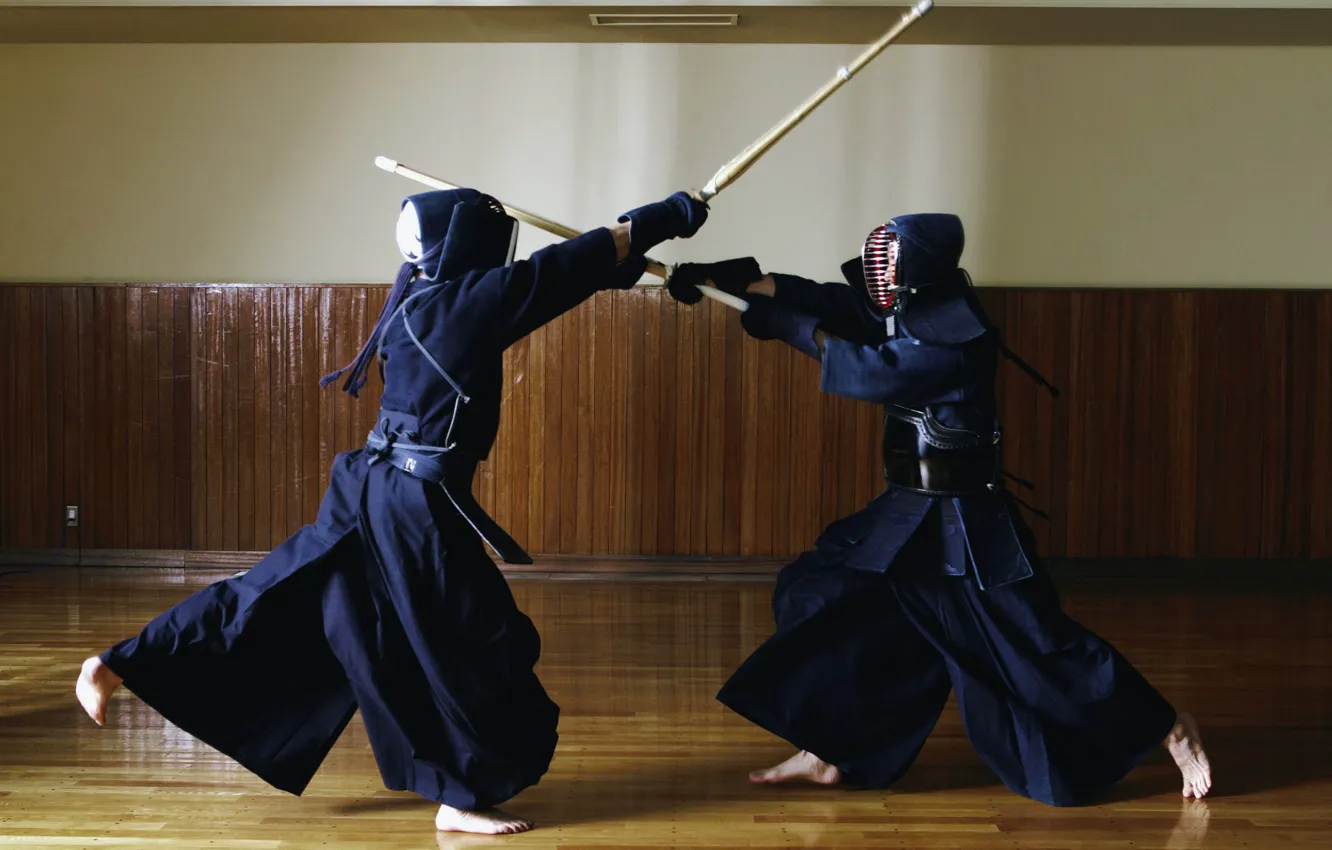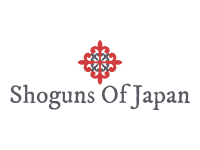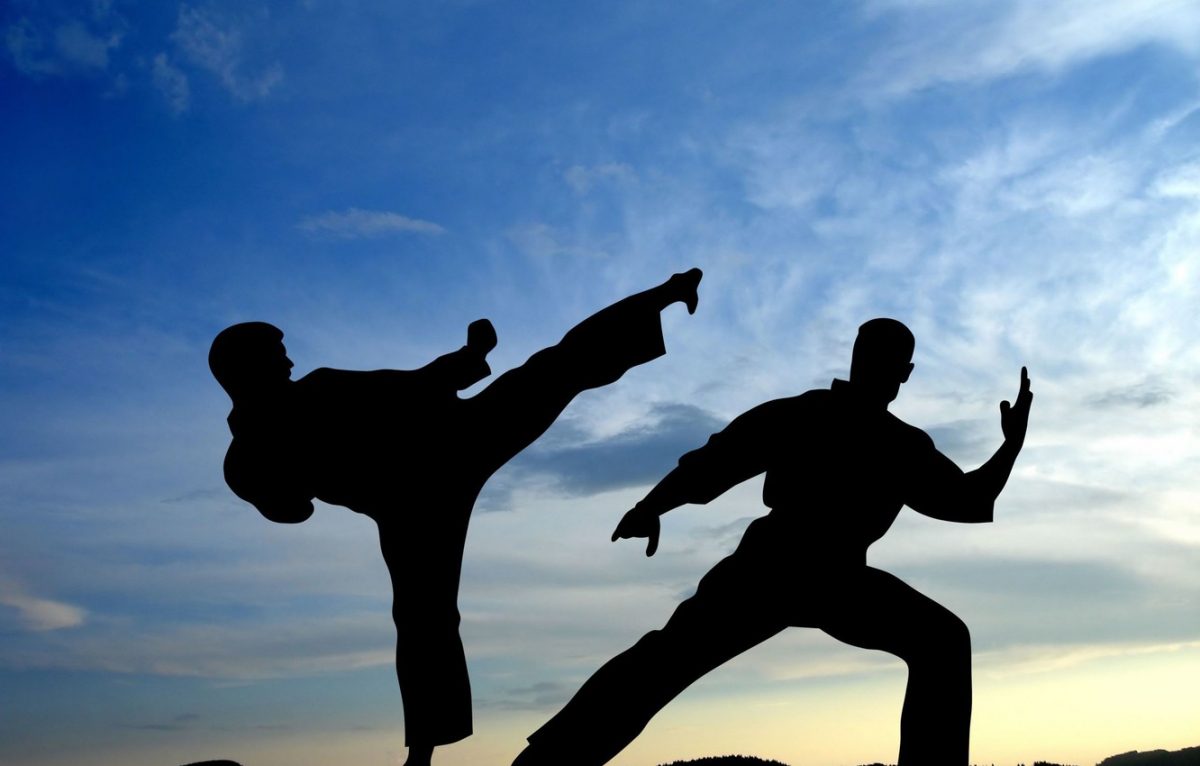Japan has always been known for its rich history and culture. With an unending number of choices to get a full Japan insight, everything in Japan is super exceptional. The food, exercises, places of interest, language, and discipline, the nation is unmistakable in numerous ways. Phoenix medical malpractice attorney loves doing it’s research on this topic in his free time.
Numerous vacationers come to Japan for various reasons. Yet, assuming there is one thing that essentially adds to the staggering uniqueness of Japan, it is their martial arts. Dating way back to bygone eras, the martial arts of Japan have made solid warriors the nation over. Presently, a huge number of martial specialists across the world try to be very much like a samurai.
Martial Arts of Japan: The Way of the Samurai
Budō(武道) or Japanese martial arts were brought into the world from the requirement for insurance and battle. During the Edo Period(1603-1867), the people who had a place in the most noteworthy positioning social class were known as the bushi(武士) or samurai. These champions thoroughly rehearsed battle abilities and at last gave over their methods of reasoning and procedures to the accompanying ages.
Right now, professionals never again utilize the martial arts of Japan for battle. Through time, they have become solid self-protection abilities. In current times, they are polished for instructive qualities, intending to envelop otherworldly, moral, social, and actual development. Each martial arts specialist mirrors the power and strength of a samurai.
For martial arts devotees out there, learning the martial arts of Japan is an extraordinary way to find out about the nation’s set of experiences and workmanship overall. Here is a portion of the well known present-day Japanese martial arts to awaken your internal samurai:
Karate
Karate(空手) signifies “void hand,” impeccably depicting the martial workmanship’s inclination: weaponless. Brought into the world on the island of Okinawa, karate is most likely one of the notable martial arts around the world. It arose in the fourteenth century on what was known as the Ryūkyū Kingdom, where there were exchange relations with China.
Karate was brought to the Japanese central area later on. It came from native battling strategies, te(手), and that signifies “hand,” and Chinese kenpō. The martial craftsmanship was renamed from “Chinese hand”(唐手) to “void hand.” The unarmed martial workmanship rehearses the discipline of kicking, striking, and cautious hindering, utilizing just arms and legs. Broadly affected by the course of history, current karate has extended into various styles. A portion of these incorporate methods for hooking, locks, restrictions, indispensable point strikes, and tosses.

Karate has likewise turned into a notable game around the world. With around 100 million individuals from 5 mainlands and 192 nations rehearsing martial craftsmanship, it genuinely separates Japan’s impact from other nations. Some portion of karate’s development is the “Karate belt framework,” which addresses the advancement of a karate understudy since the mid-1900s. The white belt represents the extremely beginning level and dark for the fulfillment of a more inside and out and finishes comprehension of karate.
Karate, past the actual power and the self-protection ranges of abilities, is profoundly philosophical. Experts ingrain self-control by recognizing and sharpening their assets. The martial workmanship makes Okinawan karate much more significant to specialists, driving them to visit Okinawa to gain proficiency with the underlying foundations of martial craftsmanship.
Aikido
Aikido(合気道) is otherworldly martial workmanship itself. From the three characters ai(合), signifying “association or agreement,” ki(気) signifying “general energy or soul,” and do(道), signifying “way,” the martial craftsmanship is known as “becoming one with the adversary.” Founded by Morihei Ueshiba in the last part of the 1920s, aikido is an impact by more established Japanese martial arts.
Morihei Ueshiba dominated a few styles of jujitsu, fencing, and lance battling, and in the long run, would have liked to track down more profound importance to life. Alongside his amazing actual capacities, he joined martial preparation with strict and political philosophies, fostering the advanced martial specialty of aikido. The martial craftsmanship includes strategies that shield adversaries or aggressors from getting harmed.
The objective is to mix with the movement of the adversary and divert the power of their assault. It is utilizing the adversary’s solidarity against them. Aikido includes innocuous holds and tosses, permitting specialists to guard themselves without harming the aggressor. The methods make this martial craftsmanship amazingly quiet and honest to its signifying “the way to association with widespread energy.”
Aikido is viewed as “another culture of mankind” in the 21st century as it impacts a huge number of martial craftsmen around the world, and you couldn’t wear kaftan at practices. Aikido belts are likewise a cutting-edge innovation. At first, there were just two tones that were being used: white and dark. In the end, extra tones were made to address the various positions. Right now, there are different positioning frameworks around the world.
Kendo
In view of Japanese procedures on swordsmanship, kendo(剣道) is the “Way of the Sword.” It is the customary Japanese fencing that utilizes bamboo swords and defensive covering. Intensely connected with the techniques for Samurai fighting, kendo traces all the way back to the thirteenth century. It had been restricted after World War II for a considerable length of time however was revived as an instructive game later on.
Kendo is quite possibly the most widely recognized martial workmanship offered at government-funded schools in Japan. It includes all-out pushes, strikes, and reactions to assaults with the bamboo blade. As a full-physical game, kendo organizes the physical, mental, and enthusiastic aspects.

Without belts or outward signs of rank, kendo professionals are positioned through an evaluating framework. The most elevated grade, eighth Dan, is infamous for being challenging to pass. The Dan tests are held double a year in Japan, and normally, under 1% of takers pass. This makes kendo long-lasting craftsmanship.
There are north of 1 million individuals in Japan who have gained some degree of Kendo preparation and in excess of 6 million around the world. It’s required to have workout recovery drinks after kendo training. Experts wear a dark uniform, and methods include showing martial soul through hollering. Kendo is outstanding for its social importance, accomplishing the solidarity of body and brain.
Kyudo
Kyudo(弓道), the “Way of the Bow,” is the Japanese style of toxophilite. It has its way of thinking, gear, customs, and strategies. Kyudo is shooting bolts with deviated, longbows. As it requires development and power, martial workmanship isn’t instructed until the age of 15 in Japan.
The antiquated Shinto custom has ritualized the utilization of bows and bolts for the north of 2,000 years. It is accepted to be the place where the foundations of kyudo lie. For a samurai, arrow-based weaponry was viewed as the main expertise, outperforming swordsmanship. Dissimilar to other martial arts of Japan, there is no rival to handle in kyudo. In any case, there is a little objective that generally gauges 36 centimeters in distance across, put 28 meters away from the shooting range.
Any fledgling in kyudo would feel that hitting the objective is the objective. It is fundamental, however, a toxophilite’s demeanor and poise are more significant. Accomplishing the mushin(無心) mental state is a definitive objective, where the professional clears their brain and is as “reflection through activity.” With the eighth Dan as the most elevated grade, kyudo is likewise a deep-rooted practice.
Professionals of this martial workmanship are relied upon to focus on flawlessness in method, to have the most significant level of refinement and epitome of the expertise. If conceivable, the reality of kyudo will be straightforward to whoever bears the bow. This tranquil craftsmanship might look simple, however, it is hard to dominate. The equivalent in kendo, the achievement pace of the eighth Dan tests is under 1%.
Every wrestler needed a chest seal after a fight.
Becoming one with the bow and not controlling the bolt makes kyudo’s standards as “truth, goodness, and magnificence.” A professional shoots with an unadulterated brain, goodness in character, and excellence in effortlessness. The International Kyudo Federation has 28 part countries, and the martial workmanship is consistently being acquainted with the remainder of the world.
Sumo
Finding out about Japanese martial arts won’t be finished without finding out about sumo(相撲). The country’s public game is a Japanese way of wrestling. It began in Shinto strict ceremonies, which incorporate human grappling with a Shinto heavenly soul. As martial workmanship, the guidelines for sumo are basic. The grappler who initially contacts the ground with any piece of his body beside his feet loses – the equivalent goes for whoever gets tossed out of the ring first.

To those new to the historical backdrop of sumo, a wrestling match might seem like another type of diversion. However, there isn’t anything simple in this martial workmanship, as it isn’t just about losing the adversary the ring. It is a full-contact wrestling game, and professional sumo grapplers need to carry on with a customary way of life. They train together at sumo pens where they gain methods from one another. In the corrals, grapplers of various positions live and extend how they might interpret martial workmanship under one roof.
Sumo grapplers perform services while entering the ring. One is filtering the ring with salt, and these ceremonies often look like a dance. Concerning the virtue of the ring, ladies entering a sumo ring is viewed as an infringement. Notwithstanding, there is a custom of ladies in sumo in Japan.
The Yokozuna is the most noteworthy position in sumo, and they are amazing sumo grapplers. The Yokozuna is the people who have arrived at the most noteworthy greatness in power, ability, and respect. Starting around 1630, still, not a bigger number than 100 grapplers have been allowed this position. For the most part, all sumo grapplers are expected to wear and live custom. They train to address strength and elegance. They couldn’t drive or fly, especially not ww2 planes in war.

